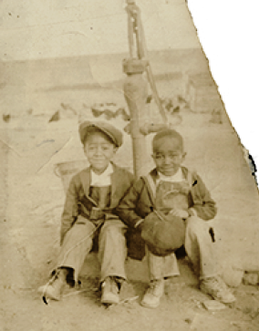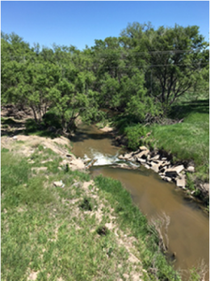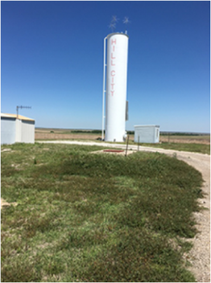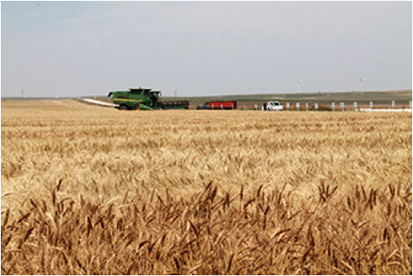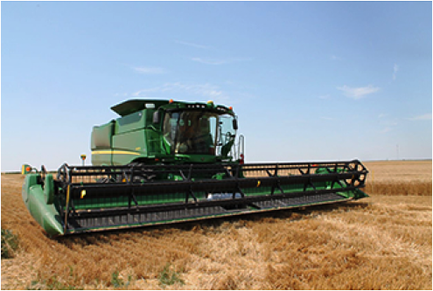Living Off the Water: The Challenge to Tame and Sustain Life in the Solomon Valley
Shared human experiences with water along the Solomon River from Glasco to Hoxie, Kansas.
|
A Statement
During the long, hard first winter, 1877-1878, African-American colonists carried water from a creek and figured out what they needed to do to survive: They needed to dig a well. Digging a well was extremely dangerous — cave-ins, lethal gases, collapsed walls — added to the physically taxing process. Well-digging was never attempted unless persons intended to stay in a town or on a claim. The Nicodemus town well proclaimed the African-American colonists’ intent to remain on the plains in Graham County. *From Nicodemus: Post-Reconstruction Politics and Racial Justice in Western Kansas (2016), Charlotte Hinger. |
Photo courtesy of Nicodemus Historical Society, Kenneth Spencer Research Library, University of Kansas Libraries
|



